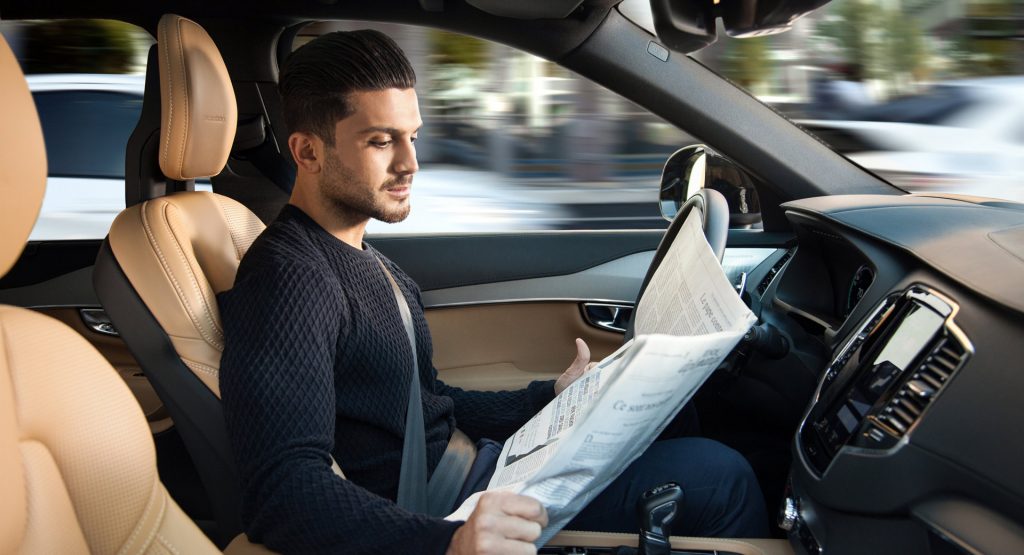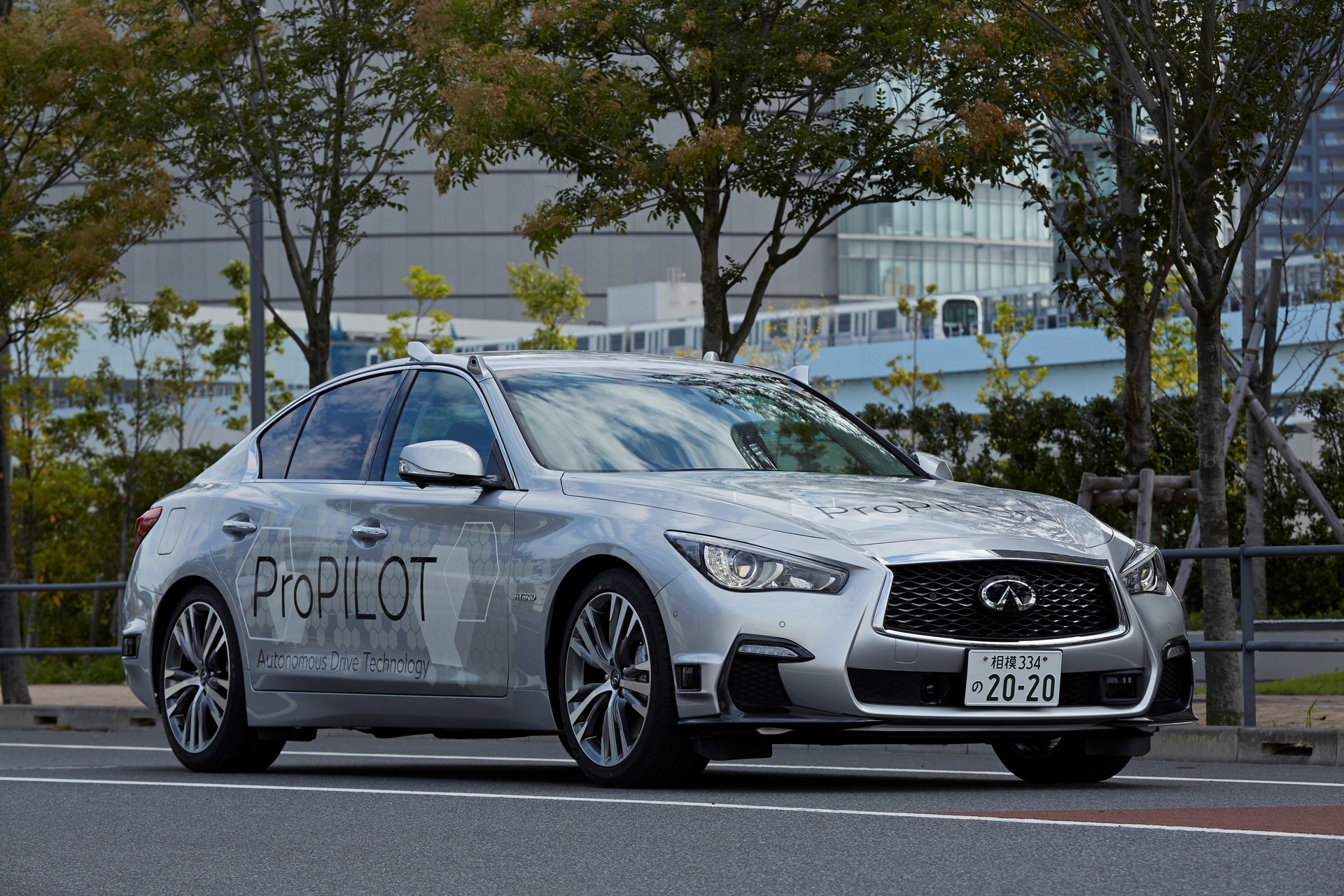Autonomous vehicles have been built up to be something of a magic bullet that can make accidents and fatalities a thing of the past.
However, those rosy expectations might not reflect reality as study by the Insurance Institute for Highway Safety (IIHS) suggests autonomous vehicles might only be able to prevent around a third of crashes.
While driver error is involved in more than 9 out of 10 crashes, the IIHS notes it’s the “final failure in the chain of events” leading up to an accident. As a result, eliminating a human driver can’t magically prevent all accidents.
Also Read: Most Americans Still Don’t Trust Autonomous Vehicles
In particular, their analysis suggests autonomous vehicles would only be able to avoid about a third of crashes simply because “they have more accurate perception than human drivers and aren’t vulnerable to incapacitation.” To eliminate all crashes, they say autonomous vehicles would have to be radically reprogrammed to prioritize safety over speed and convenience.
As part of the study, they assumed autonomous vehicles would be programmed to make the same decisions about risk that humans do. This ideally would result in a vehicle that drives like a person, but it always paying attention and can’t be under the influence.
Given this, they then looked at more than 5,000 crashes which were reported by police and involved emergency medical services being called and at least one vehicle being towed away from the scene. In essence, they were looking for severe accidents.
They then categorized the factors that lead up to these crashes. This lead them to the conclusion that some accidents are unavoidable, like those called by vehicle failures such as a broken axle.
However, they also found that crashes caused exclusively by sensing and perceiving errors – such as low visibility and driver distraction – only accounted for 24% of accidents. Likewise, incapacitation – caused by medical problems, drug / alcohol use and falling asleep behind the wheel – was responsible for another 10%.
The IIHS believes these 34% of crashes could be avoided, but only if all vehicles on the road were autonomous and all their systems and sensors worked perfectly. The organization went on to say the remaining accidents could still occur unless autonomous vehicles were specially programmed to deal with “predicting, decision-making and performance errors” such as traveling too fast for conditions and making incorrect assumptions about what another road user is going to do.
As an example of the latter, the IIHS pointed to the fatal accident involving an Uber test vehicle in 2018. The crossover initially struggled to identify Elaine Herzberg when she was on the side of the road and then failed to anticipate she would cross in front of the vehicle.
While the study obviously makes some assumptions, the IIHS believes autonomous vehicles have to prioritize safety over other concerns. This could result in some tradeoffs as they believe AVs might need to travel more slowly than human-driven vehicles in areas with high pedestrian traffic.






